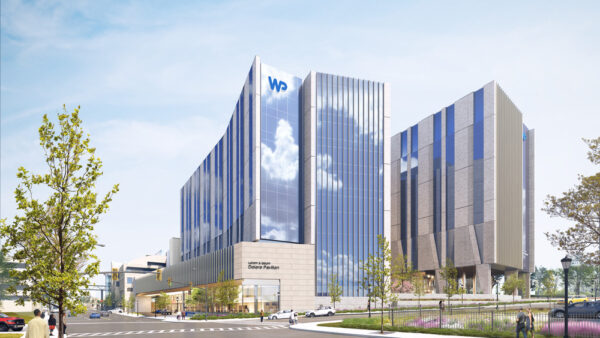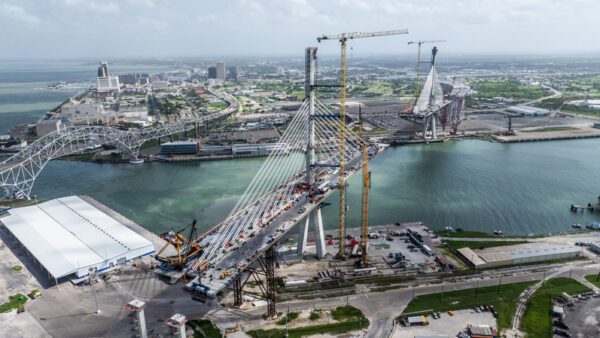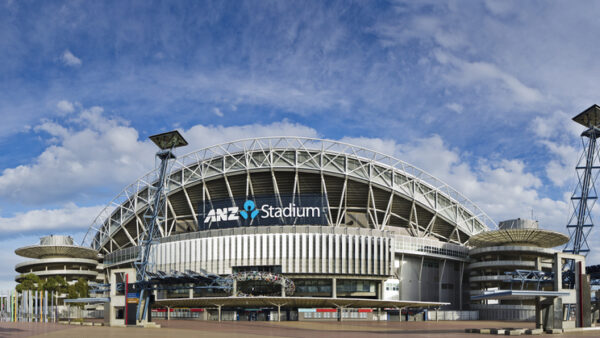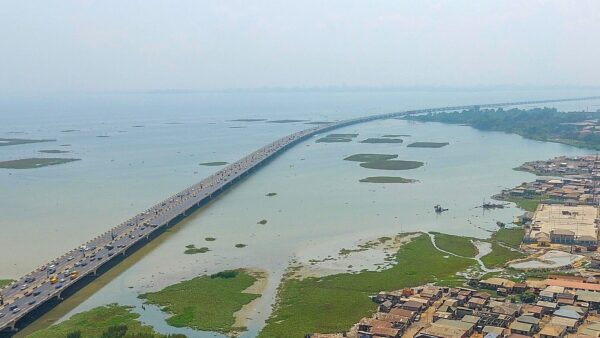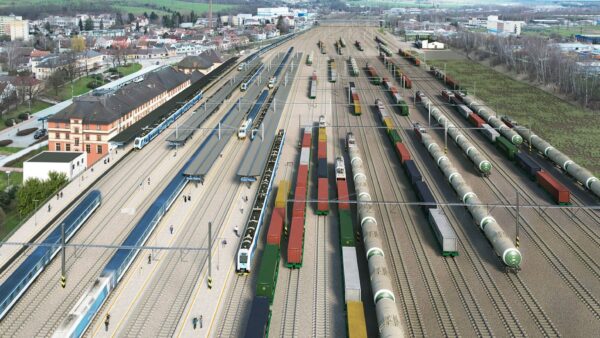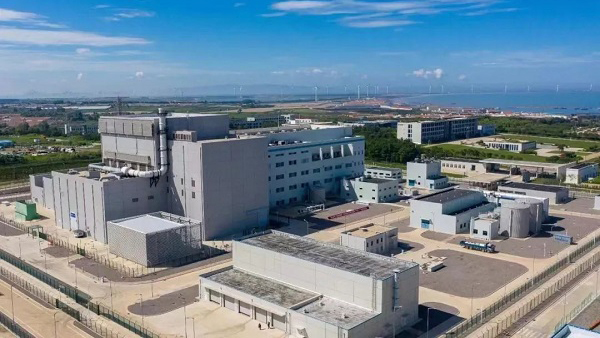
The world’s first commercial, fourth-generation reactor has entered service at the Shidao Bay Nuclear Power Plant in northeast China.
The 200MW high-temperature gas-cooled reactor (HTGC), under development since 2005, went online on Wednesday after a week-long continuous operation test.
China National Nuclear Corporation (CNNC) developed the plant with Tsinghua University and state-owned utility China Huaneng Group.
As well as the HTGC, the plant will host two 1,500MW pressurised water reactors. These are AP1000 designs, developed by China’s State Nuclear Power Corporation in association with nuclear engineer Westinghouse.
CNNC said the HTGC unit was marked by its high safety, efficient power generation, and low environmental impact.
Two features of the so-called HTR-PM reactor could help it play a major role in China’s transition to low-carbon energy.
The first is its modular design, which should lower cost and construction risk. The second is its use of helium gas as a coolant, which means it doesn’t need to be located near water.
If the unit performs well, it may be rolled out across China as a replacement for the country’s many coal-fired power stations.
Tsinghua University’s Institute of Nuclear and New Energy Technology will monitor the unit to find ways of commercialising its design.
China aims to produce 10% of its electricity from nuclear by 2035 and 18% by 2060 but, as of September this year, it had not met its 2020 target to install 58GW of nuclear capacity.
Newspaper The South China Morning Post notes that other Chinese fourth-generation plants may soon be on their way.
In Fujian province, CNNC’s Xiapu sodium-cooled fast reactor pilot project is also under construction, and is expected to be connected to the grid by 2025.
Unlike the HTGRs, sodium-cooled fast reactors can recycle depleted uranium, allowing the fuel to be reused again.
Further reading

